The city of Cusco, the ancient capital of the Inca Empire, is a destination that not only astonishes with its breathtaking architecture and landscapes but also enchants with its rich artisanal tradition, vividly expressed in a kaleidoscope of colors. The crafts of Cusco reflect the Andean people’s history, culture, and creativity. In this article, we invite you to explore the ancestral techniques, artisan neighborhoods, and fairs that make Cusco a paradise for art and culture enthusiasts. From the San Blas neighborhood to the weavers of Chinchero, the pottery of Raqchi, and the famous Santurantikuy festival, here you will find everything you need to know about the crafts of Cusco.
- History of Crafts in Cusco
- Main Crafts of Cusco
- Santurantikuy: The Christmas Fair of Religious Crafts
- The San Blas Neighborhood: The Artisanal Heart of Cusco You Can’t Miss
- Cusco Artisan Center: The Perfect Place to Buy Handicrafts
- The Best Museums in Cusco to Discover Andean Craftsmanship
- Actividades de Artesanía en Cusco: Crea tu Propia Obra de Arte.
- Conclusion:
- You may be interested in:
History of Crafts in Cusco
Cusco was a place where crafts flourished and became an integral part of daily life, religious practices, and political activities. The craft tradition in Cusco has its roots in the pre-Hispanic era, where the Incas developed advanced techniques in textiles, pottery, and metallurgy, reflecting their worldview and deep connection with nature.
With the arrival of the Spanish during colonization, a cultural fusion took place, further enriching artisanal techniques and styles. The colonizers introduced new materials and designs, which blended with local traditions, giving rise to a unique artistic expression that still endures.
1. Pre-Hispanic Era: The Inca Legacy
During the Inca Empire, crafts were highly valued and deeply intertwined with religion, politics, and the economy. The Incas developed advanced techniques in:
- Textiles: Inca textiles were considered objects of immense value, even more than gold. They were woven from alpaca and vicuña fibers and adorned with geometric and symbolic designs representing the Andean worldview.
- Pottery: Inca pottery was characterized by its functionality and beauty. Artisans created vessels, plates, and sculptures featuring religious and ritual motifs.
- Goldsmithing and Silversmithing: The Incas worked with gold and silver to craft jewelry and ceremonial objects, many of which were lost during the Spanish conquest.
2. Colonial Era: The Fusion of Cultures
With the arrival of the Spanish, crafts in Cusco underwent a significant transformation. The colonizers introduced new techniques and materials, which blended seamlessly with local traditions.
- Religious Imagery and Sculpture: Cusco artisans adopted European techniques to create religious sculptures, altarpieces, and oil paintings. The Cusco School of Art is a prominent example of this fusion, where Christian religious themes were combined with Andean elements, resulting in a unique artistic style.
- Textiles: Although the Spanish introduced European looms, indigenous communities preserved the use of backstrap looms and ancestral natural dyeing techniques. This ensured the survival of traditional textile practices alongside new influences.
- Silversmithing: Cusco artisans began working with silver to craft jewelry and religious objects, such as monstrances and chalices, which were used in colonial churches. This period marked the emergence of a distinctive colonial silverwork tradition that reflected both European and Andean aesthetics.
3. Republican Era: Preservation and Revival
Following Peru’s independence in the 19th century, crafts in Cusco continued to evolve. While many traditions were preserved, new influences and markets also emerged.
- Tourism and Commercialization: With the rise of tourism in the 20th century, Cusco’s crafts became a significant attraction for visitors. This spurred the production of decorative pieces and souvenirs, such as textiles, pottery, and jewelry, catering to the growing tourist demand.
- Revitalization of Ancestral Techniques: In recent decades, there has been a concerted effort to preserve and promote ancestral techniques, particularly in communities like Chinchero, where weavers keep the textile tradition alive. These initiatives have safeguarded cultural heritage and empowered local artisans by connecting their work to global markets.
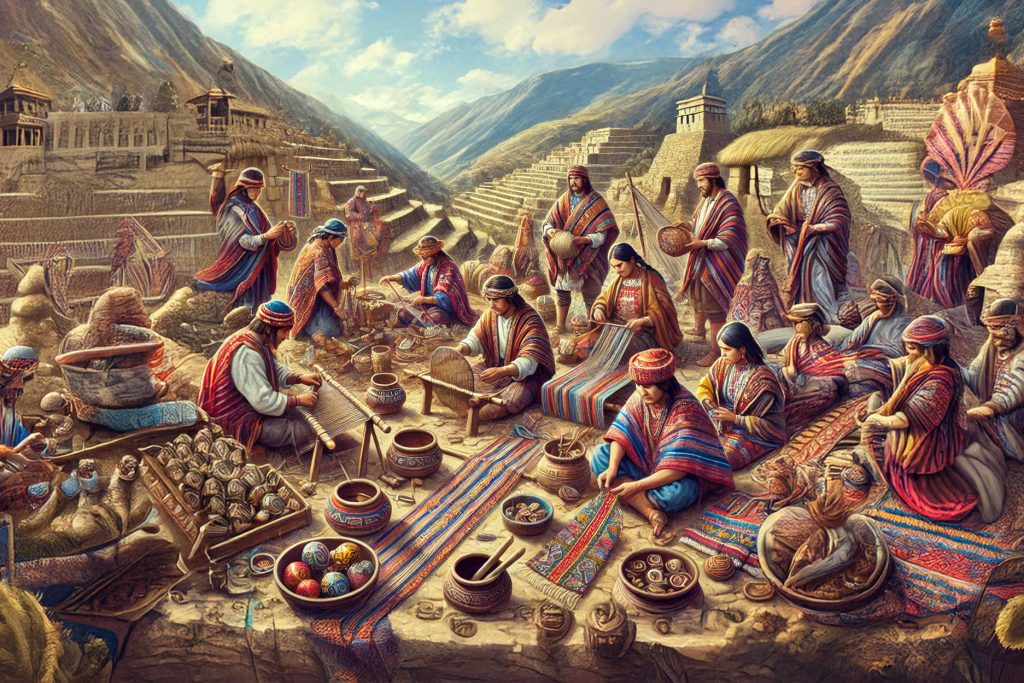
Main Crafts of Cusco
Textiles:
Textile art is the craft and technique of creating fabrics from natural or synthetic fibers. In the Andean context, textiles are one of the most significant cultural expressions, as pre-Hispanic civilizations, such as the Incas, developed advanced weaving techniques using alpaca, vicuña, llama wool, and cotton.
The Weavers of Chinchero: Guardians of Andean Looms
Just 30 kilometers from Cusco, the town of Chinchero is renowned for its weavers, who keep a textile tradition dating back to the Inca era alive. The women of Chinchero weave on backstrap looms, an ancestral technique passed down through generations.
Chinchero textiles are celebrated for their vibrant colors and intricate designs, representing symbols and patterns from the Andean worldview. Each piece is unique and tells a story, from agricultural rituals to spiritual beliefs. Visiting Chinchero is an opportunity to acquire an authentic textile and learn about the culture and history woven into every thread.
What to Do in Chinchero?
- Participate in weaving workshops and learn ancestral techniques.
- Purchase handmade products directly from the weavers.
- Discover the natural dyeing process using local plants and minerals.
What are the most notable textile pieces in Cusco?
- Any baby alpaca or alpaca garment.
- A traditional chullo (Andean hat) or poncho is iconic to Cusco.
Helpful Tip: Ensure the product is an authentic baby alpaca. There are specialized stores with certifications, such as Kuna and Alpaca 111, where you can find guaranteed products. Knowing how to differentiate authentic fibers from imitations is essential if you prefer buying at fairs. Identifying genuine baby alpacas will help you make a secure and high-quality purchase.
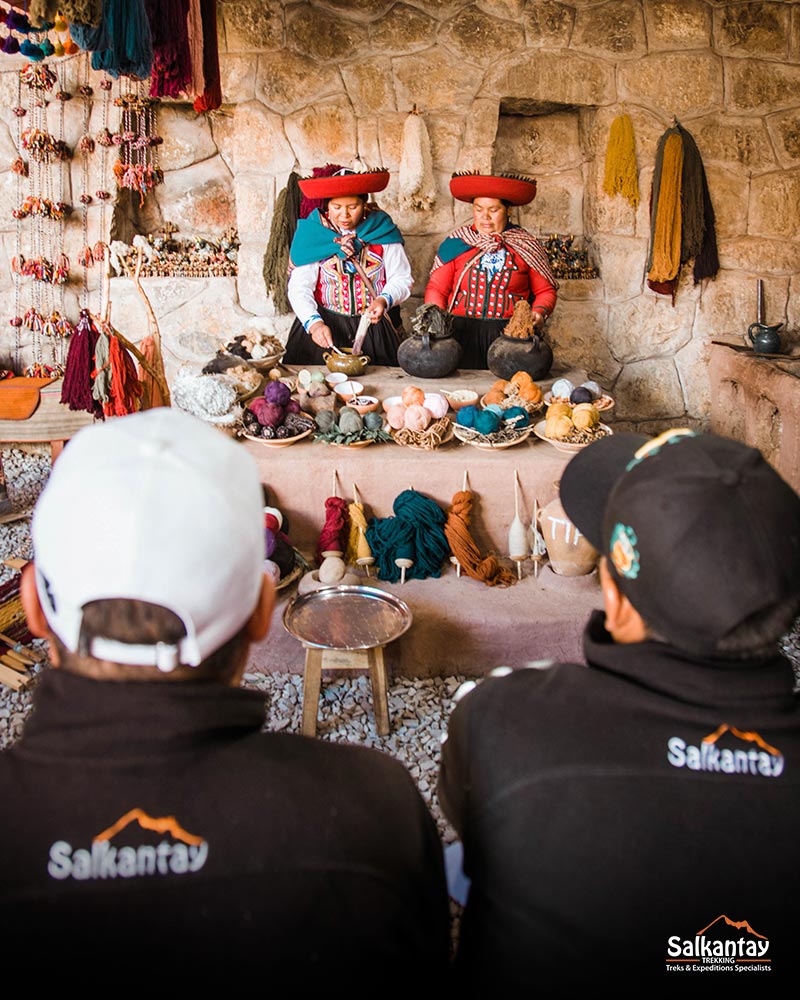
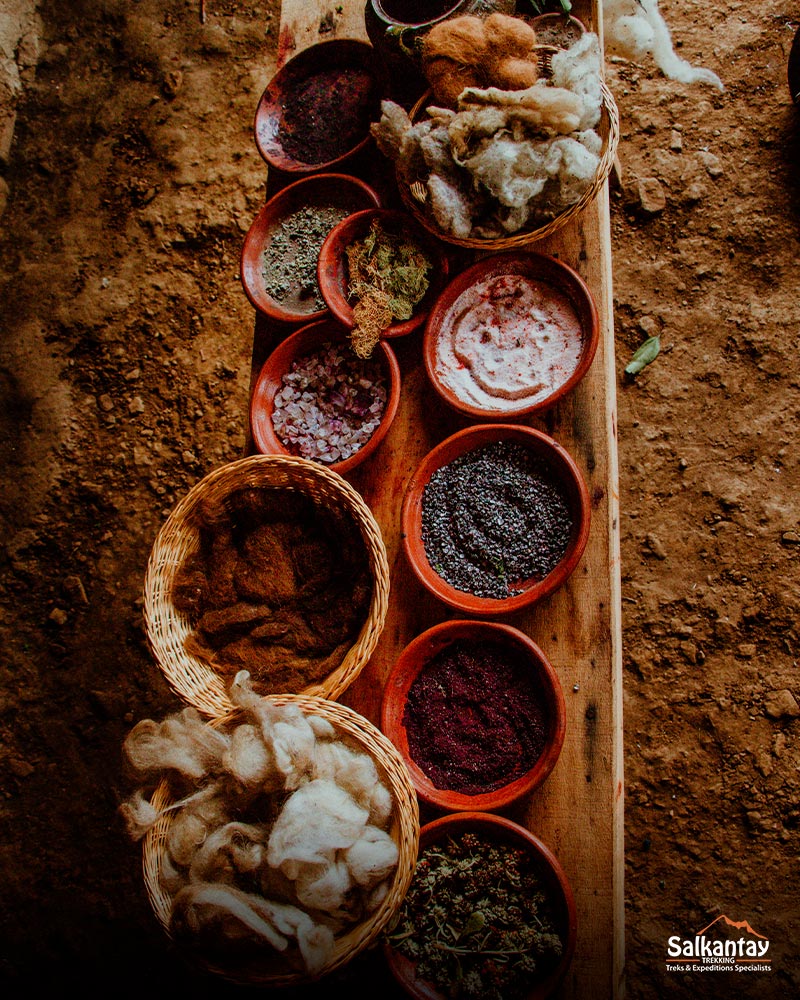
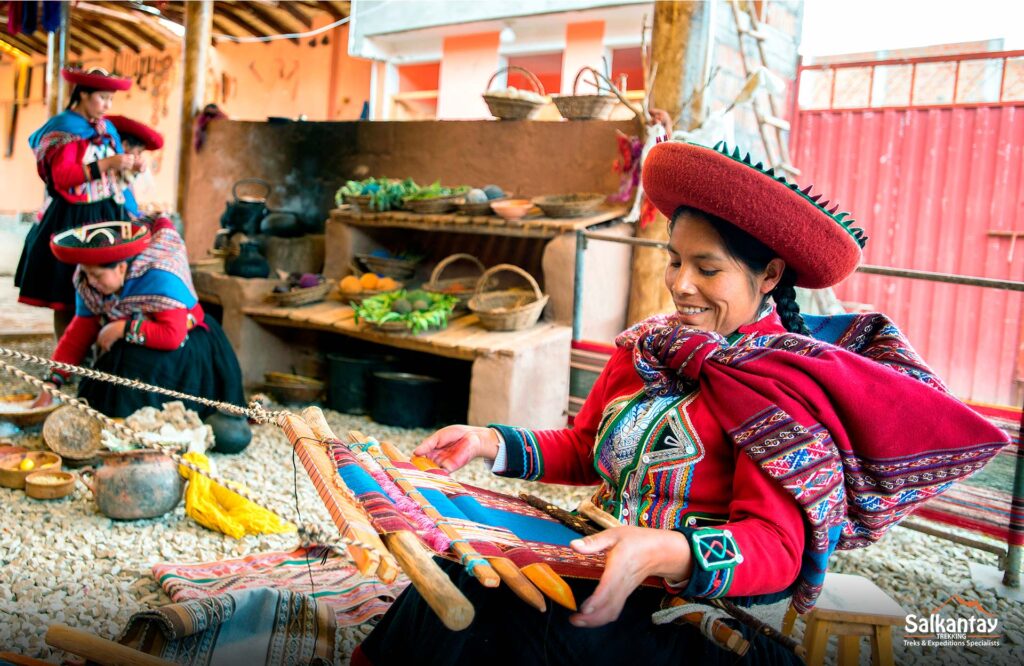
Pottery
Andean pottery reflects Peru’s history and culture. Its preservation and commercialization keep traditions alive and create economic opportunities. If you’re looking for authentic Cusco pottery, support local artisans and discover the legacy of one of the most emblematic arts of the Andes.
Cusco Pottery: The Art of the Ruiz Caro Family
In Cusco, the production of the Ruiz Caro family stands out as pioneers of what is known as “Cusco Pottery.” This tradition is characterized by creating utilitarian pieces, mainly tableware, which combine high-quality glazing with stylized motifs inspired by Inca pottery.
The Ruiz Caro family has successfully blended modern techniques with ancestral heritage, using high-temperature kilns and glossy glazes to create functional and artistic pieces. Their designs include geometric patterns, figures of Andean deities, and symbols such as the Inti (sun) and the Chakana (Andean cross), making each piece a tribute to Inca culture.
Where to Buy Cusco Pottery?
- Cusco Artisan Center
- Traveling fairs
- Directly from the producer’s home, located in the Santiago district, Calle Coquimbo 1121.
What Are the Most Notable Cusco Pottery Pieces?
- Complete tableware sets (plates, cups, and bowls) with glossy glazes and Inca motifs.
- Vases and centerpieces decorated with Andean symbols.
- Unique pieces that combine functionality and art, such as teapots and trays.
- Small sculptures of deities and sacred animals, like condors and pumas.
Pottery and Ceramics of Raqchi: The Legacy of Clay
In the district of San Pedro, near Raqchi, lies a community of potters who have kept the tradition of working with clay alive. Located three hours from Cusco, Raqchi Pottery is renowned for its beauty and functionality, with pieces ranging from jars and plates to decorative sculptures.
The artisans of Raqchi use ancestral techniques, such as hand modeling and wood-fired kilns, to create pieces that reflect the connection between humans and nature. Many of these works are inspired by Inca motifs, such as the Inti (sun) and Pachamama (Mother Earth), making them actual cultural artworks. The Quechua word raqch’i or raqchi means “pottery made from volcanic material,” it is named for its unique characteristics in ceramics. This confirms that Raqchi has always been known as a town of potters.
What to Buy in Raqchi?
- Jars and plates decorated with Inca motifs.
- Sculptures of Andean deities and symbolic animals.
- Utilitarian pieces like cups and vases.
What Are the Most Notable Raqchi Pottery Pieces?
- The Aríbalo (Inca jar with a pointed base and narrow neck, used for storing liquids and a symbol of the Andean worldview).
- The Raqui (Traditional Raqchi pottery, crafted with ancestral techniques and Inca motifs, both functional and decorative).
- Utilitarian or decorative tableware sets.
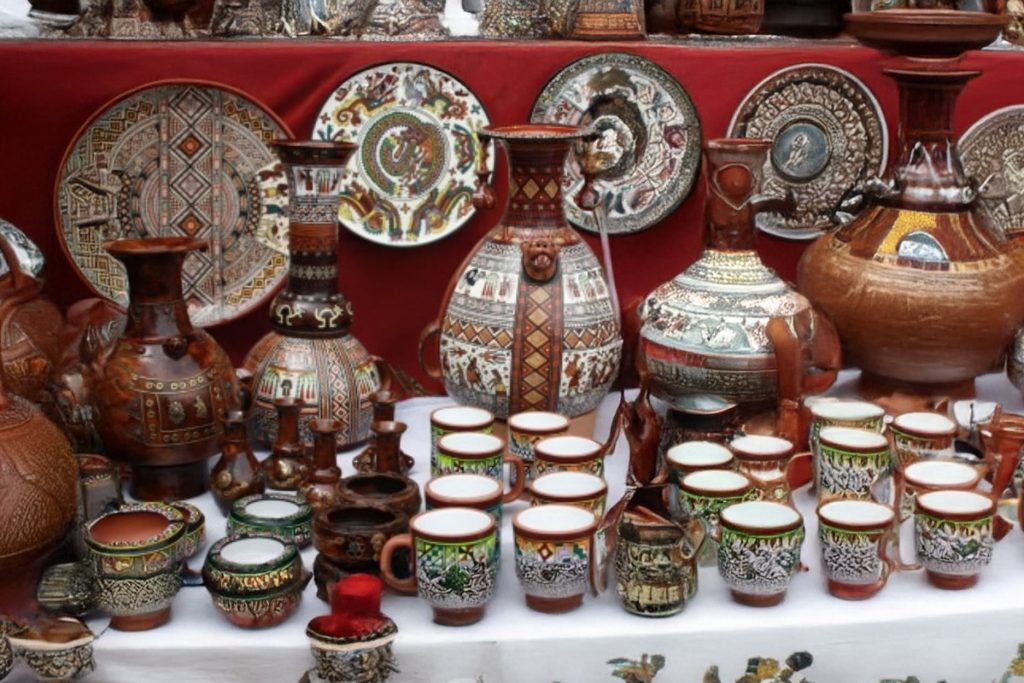
Religious Imagery or Cusco Sculpture:
Religious imagery is a traditional art form involving the creation of sculptures, carvings, or figures, primarily of a religious nature, representing saints, virgins, Christs, angels, and other sacred figures. This art form has deep roots in religious culture and flourished particularly during the colonial era in Latin America. However, its origins trace back to Europe, where artisans created images for churches and religious processions.
Guardians of Sacred Art: The Master Sculptors Preserving Cusco’s Tradition
In Cusco, religious imagery holds special significance due to the fusion of indigenous traditions and Spanish influence during the colonial period. Master sculptors from Cusco, such as Antonio Olave, Santiago Rojas, and Abraham Aller, have kept this tradition alive, creating works that are not only artistically valuable but also culturally and religiously significant. Their sculptures, such as the “Niños Manuelitos” or images of saints and virgins, are integral to festivals like Santurantikuy (the saints’ fair) and other religious celebrations in the region.
Where to Find Religious Imagery in Cusco?
- Specialized workshops or galleries in the historic center or the San Blas neighborhood.
- The headquarters of the Benemérita Sociedad de Artesanos del Cusco is located in the Plaza de Armas, in the Capilla de San Ignacio.
- The Santurantikuy fair is a vibrant and bustling event.
What Are the Most Notable Pieces of Cusco Religious Imagery?
- The Niños Manuelitos (small sculptures of the Child Jesus).
- The masks of Paucartambo.

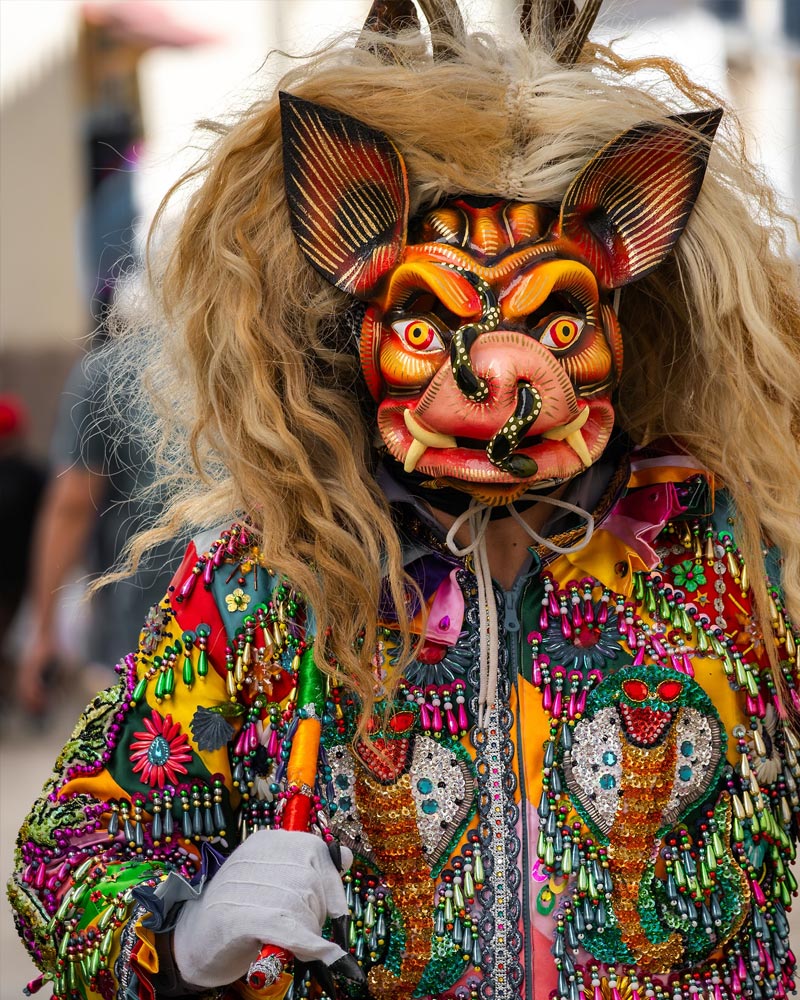
Silversmithing and Jewelry:
Both silversmithing and jewelry are artistic expressions that have left a lasting mark on human history. Whether you prefer a jewel’s timeless elegance or a silver piece’s artistic functionality, both invite you to appreciate the craftsmanship and creativity of artisans.
Silversmithing and Jewelry: The Artisans of Silver and Gold in Cusco
The master silversmiths of Cusco work with silver and gold to create unique pieces, ranging from traditional jewelry to decorative objects. These works are cherished for their beauty and symbolism, often incorporating Andean and colonial motifs.
Where to Find Silversmithing and Jewelry in Cusco?
- In jewelry stores and galleries in the historic center.
- At the Santurantikuy fair.
- In artisan markets like the Cusco Artisan Market.
What Are the Most Notable Silversmithing and Jewelry Pieces in Cusco?
- Silver earrings and pendants.
- Necklaces and pendants with Inca symbolism.
- Gold jewelry with filigree.
- Decorative jewelry.
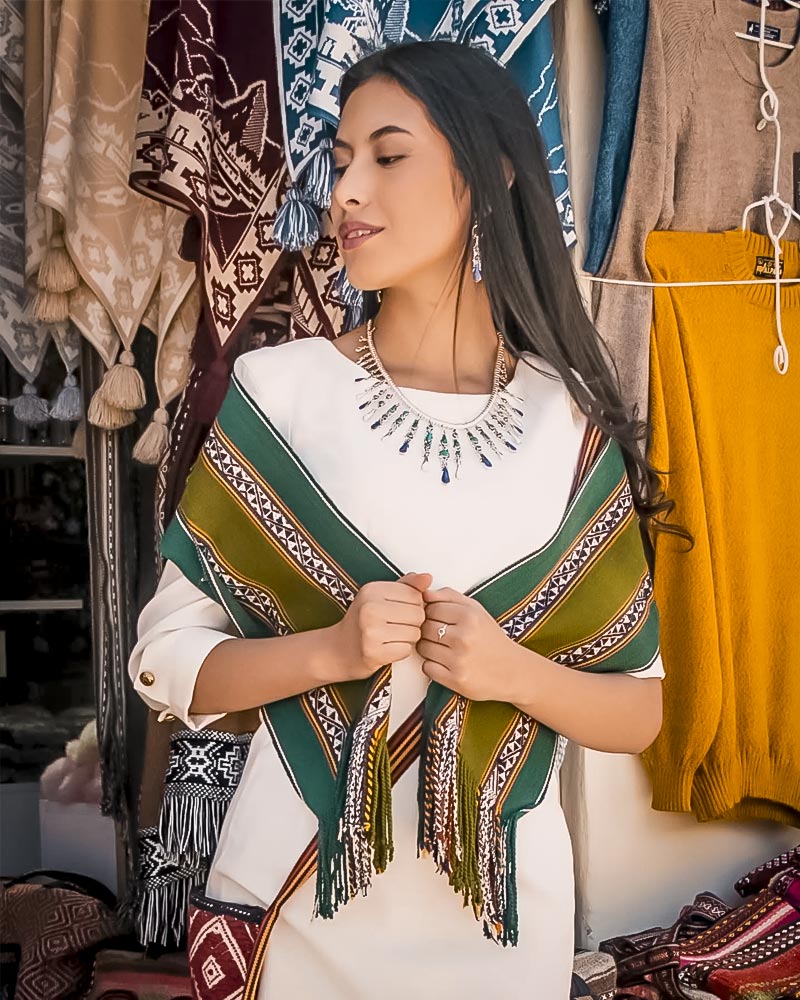
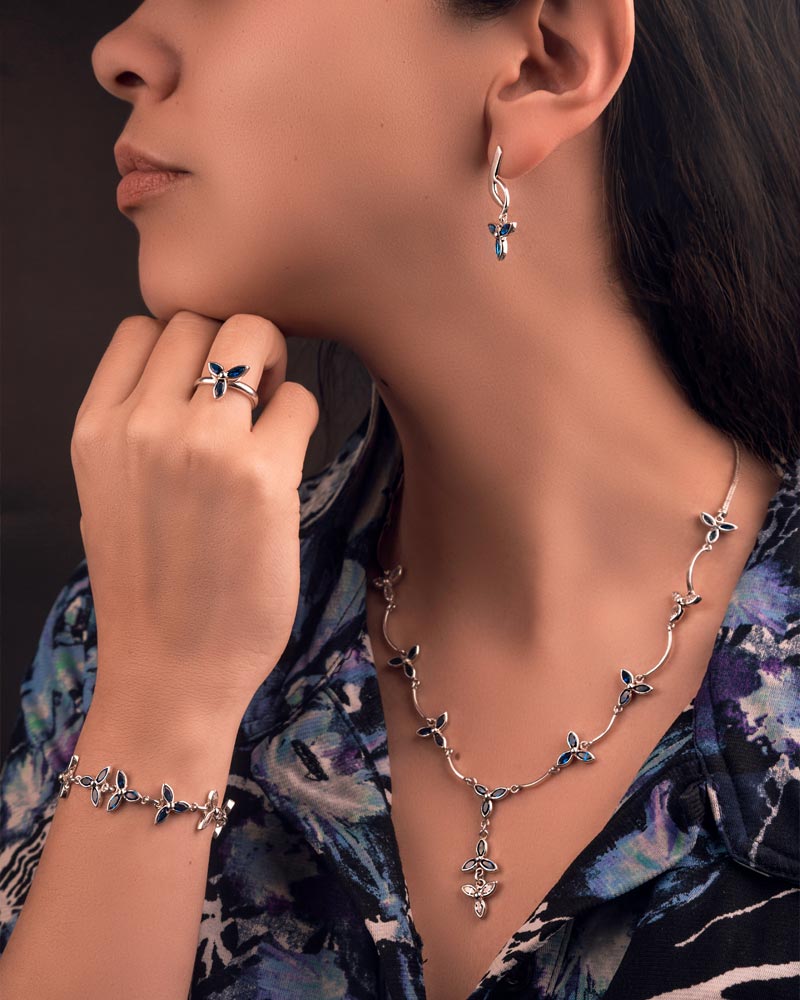
Leathercraft
Leathercraft is an artistic expression that involves working with leather and hides to create clothing, footwear, accessories, and decorative objects.
Leathercraft: The Art of Working with Leather in Cusco
This tradition has pre-Hispanic roots in Cusco, where ancient inhabitants used animal hides to craft clothing and tools. With the arrival of the Spanish, new techniques and designs were introduced, blending with local styles to create a unique fusion.
Where to Find Leathercraft in Cusco?
- In artisan markets like the Cusco Artisan Center.
- At local fairs and cultural events.
What Are the Most Notable Leathercraft Pieces in Cusco?
- Leather hats.
- Llamas, guinea pigs, and all kinds of plush toys.
- Rugs and carpets
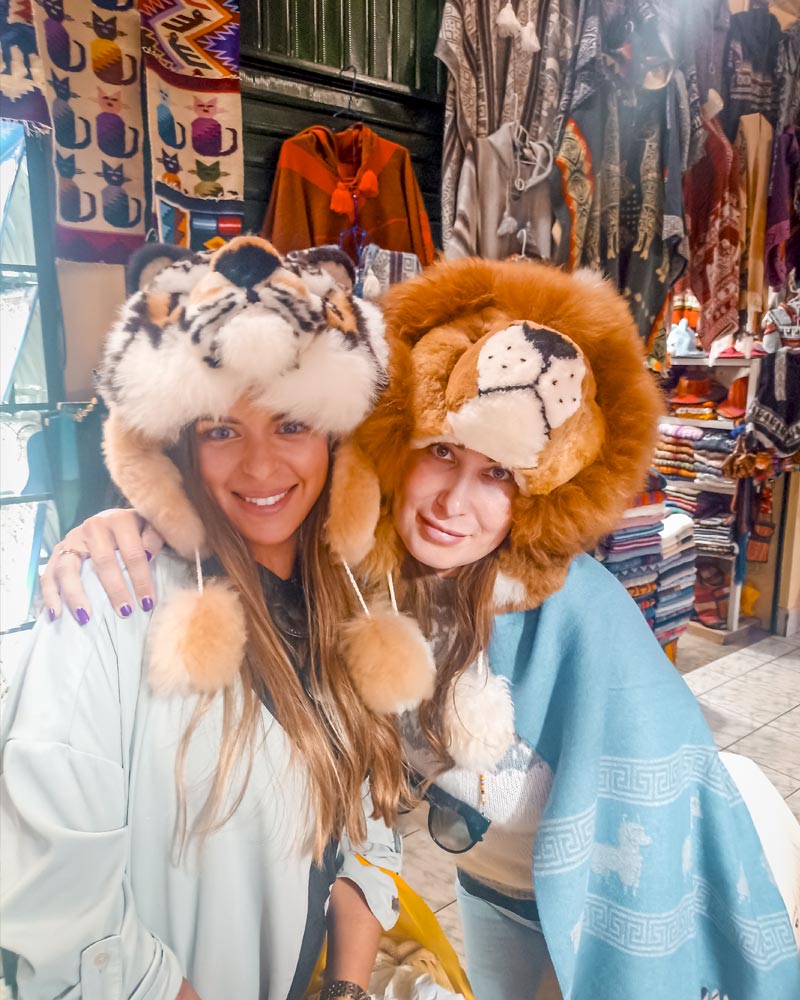

Painting
Painting is one of the oldest and most universal forms of artistic expression. It involves applying pigments, dyes, or other mediums to a surface (such as canvas, wood, paper, or walls) to create images, visual representations, or abstract compositions.
Cusco School: The Colonial Art that Fused Europe and the Andes
The Cusco School is one of Latin America’s most renowned and highly valued artistic movements. Emerging in the 16th century in the city of Cusco, this artistic style developed due to the fusion between European painting techniques brought by Spanish colonizers and the sensibility and worldview of local Andean artists. This unique combination gave rise to a style characterized by its rich iconography, vibrant colors, and the incorporation of indigenous cultural elements into religious representations.
Where Can I Find Canvases with the Cusco School Technique?
- Art galleries in the San Blas neighborhood.
- Artisan markets like the Cusco Artisan Center.
What Are the Most Notable Pieces Created with the Cusco School Technique?
- Paintings of archangels (such as Archangel Eliel with a musket) and the Virgin Mary.

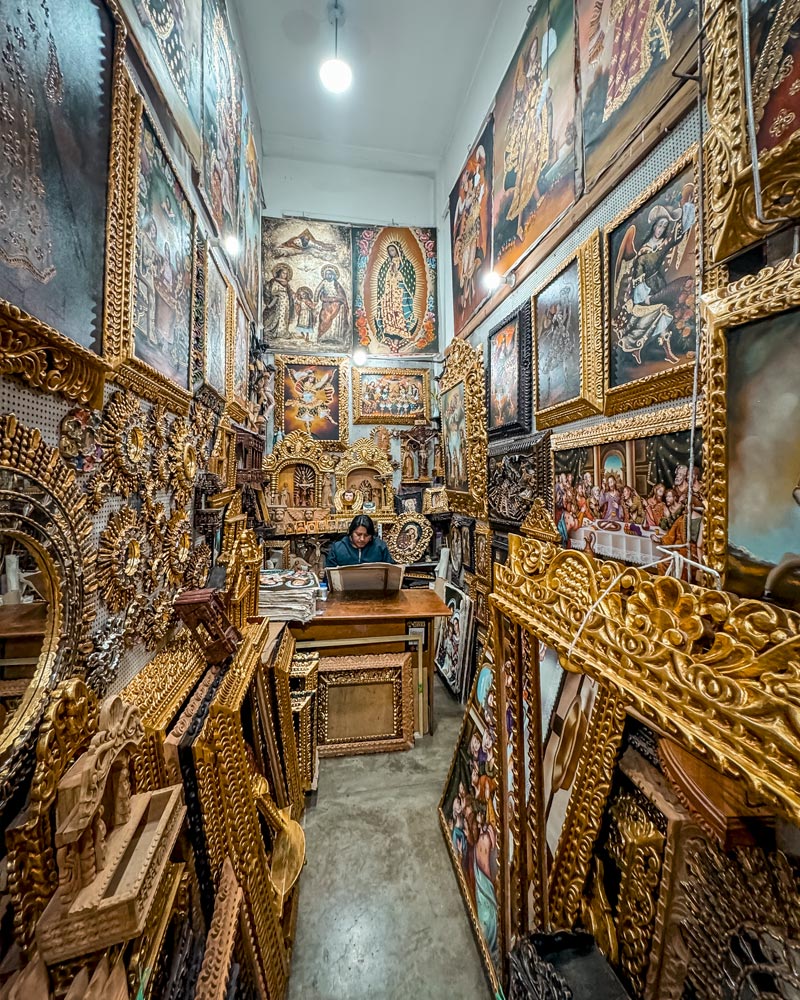
Carving
Carving is an artistic and artisanal technique that involves shaping, sculpting, or decorating a solid material by progressively removing parts of its surface.
Stone Carving: Inca Art in Cusco
Stone carving is a masterful expression of the engineering, architecture, and art developed by the Inca civilization. It can be appreciated in all its grandeur in Cusco and its surroundings. This art form is characterized by precision, symbolism, and a deep connection with nature, making it one of the most impressive legacies of Andean culture.
Where Can I Find Stone Carving Pieces?
- In stone carving workshops like Rumimaki in Machu Picchu and Rumi’s Esculturas in Urubamba.
- At the Cusco Artisan Center.
- At artisan fairs.
What Are the Most Notable Stone Carving Pieces?
- Pieces representing the Andean worldview.
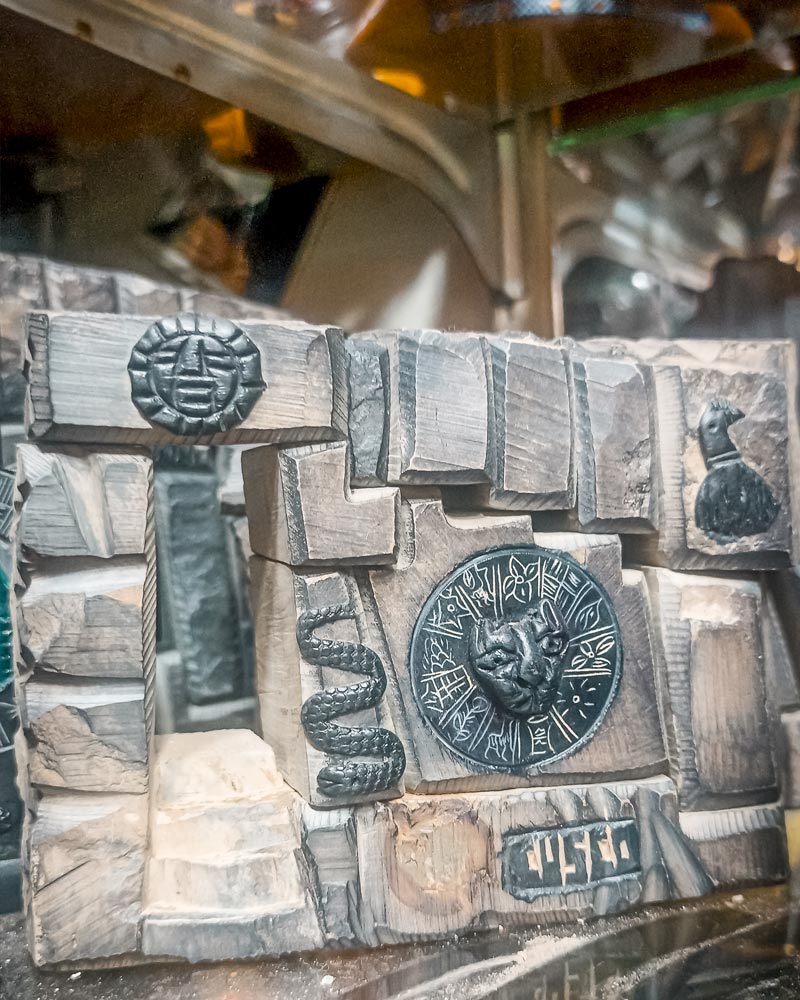
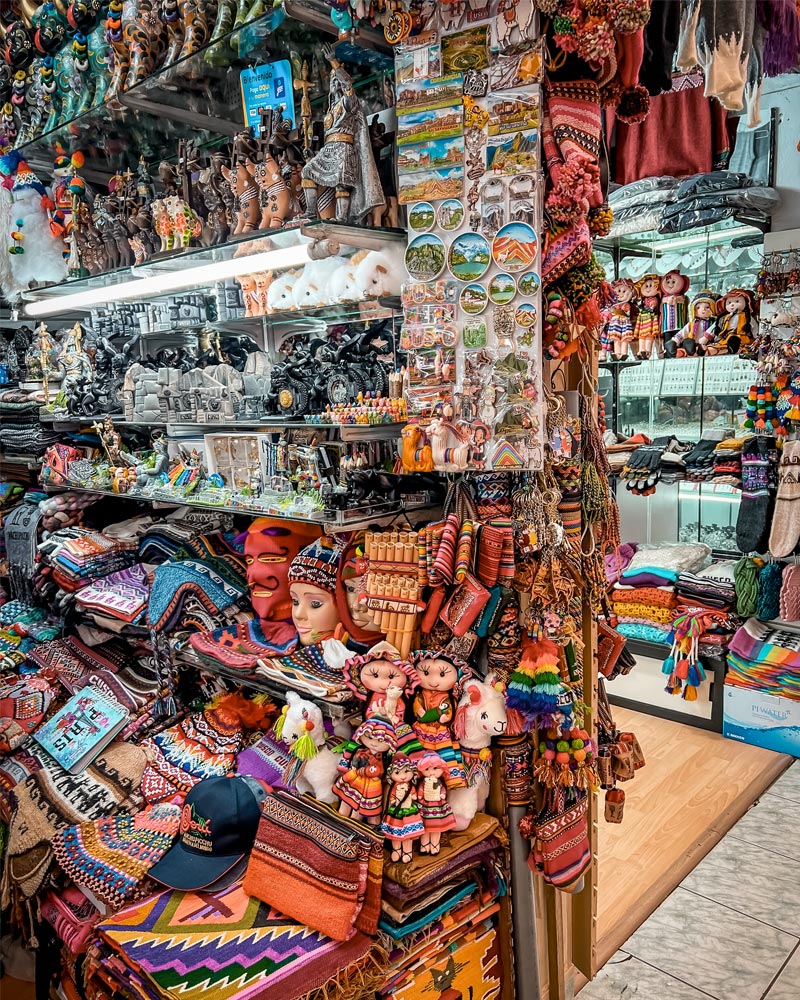
Tallado en madera: Arte Sacro y Decorativo.
Wood carving: Sacred and Decorative Art is an artistic expression that involves sculpting, shaping, and decorating wood to create pieces for religious, ceremonial, or aesthetic purposes. This technique has been used by various cultures throughout history, and in Latin America, particularly during the colonial period, it flourished as part of sacred art.
Where Can I Find Wood Carving Pieces?
- In the artisan neighborhood of San Blas.
- At the Santurantikuy fair.
- At the Cusco Artisan Center.
- At artisan fairs.
What Are the Most Notable Wood Carving Pieces?
- Picture frames and decorative panels.
- Chests, pulpits, and decorative pieces.
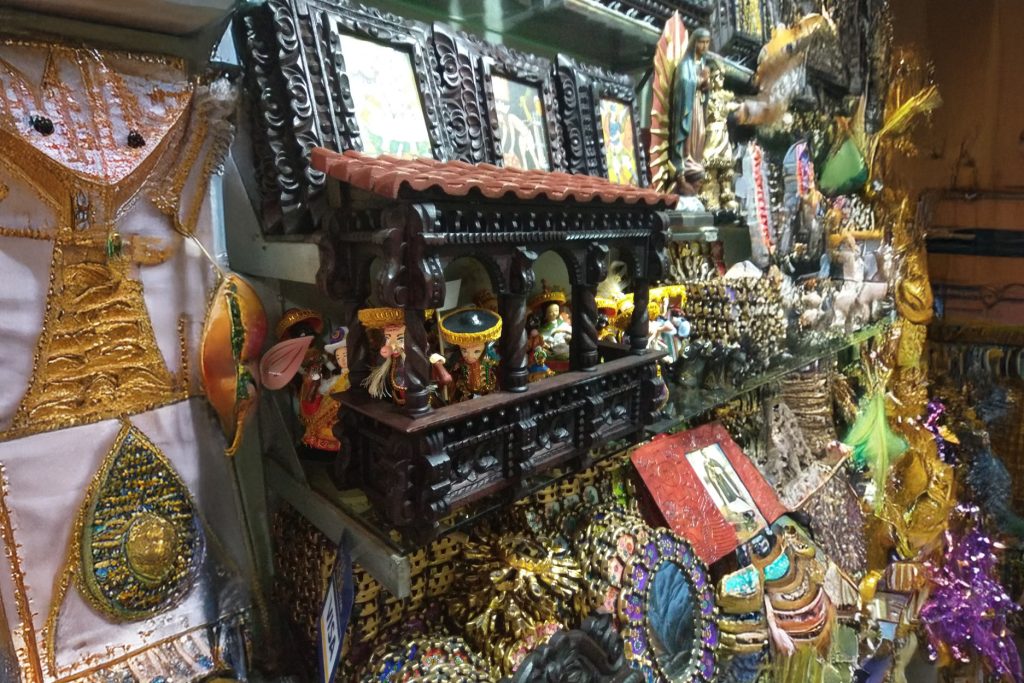
Embroidery
Embroidery is a textile craft technique that uses needles and thread to decorate fabric or other materials. This technique allows for creating designs, patterns, and figures on the fabric’s surface, either by hand or with the help of machines.
Cusco Embroidery: Maquinasca, the Art that Weaves Centuries into Every Stitch.
Cusco Embroidery, also known as Maquinasca, is a traditional artisanal expression that originated in the Cusco region of Peru. This embroidery technique is a fusion of indigenous and colonial influences, characterized by its intricate details, vibrant colors, and motifs that reflect Andean culture. “Maquinasca” comes from Quechua and means “machine embroidery,” although it is also done by hand.
Where Can I Find Cusco Embroidery: Maquinasca Pieces?
- At the Cusco Artisan Center.
- A store on the corner of Concevidayoc and Santa Clara streets specializes in this embroidery.
- At the Ima Sumac Shopping Center.
- At artisan fairs.
What Are the Most Notable Cusco Embroidery: Maquinasca Pieces?
- Embroidered denim jackets.
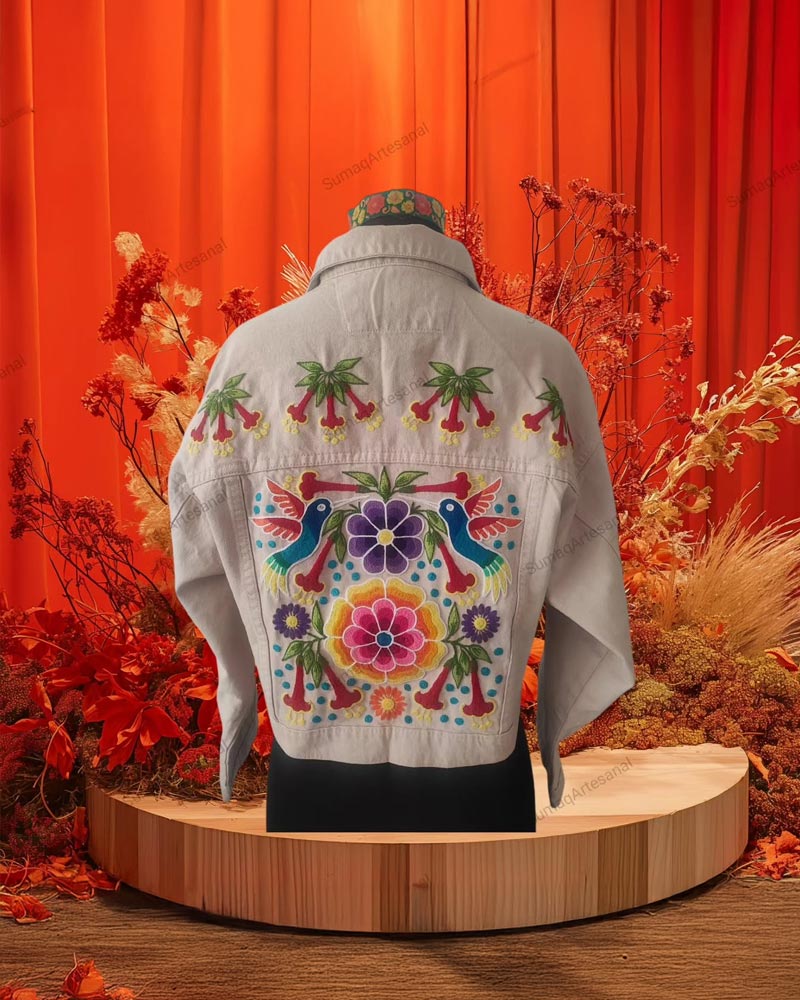
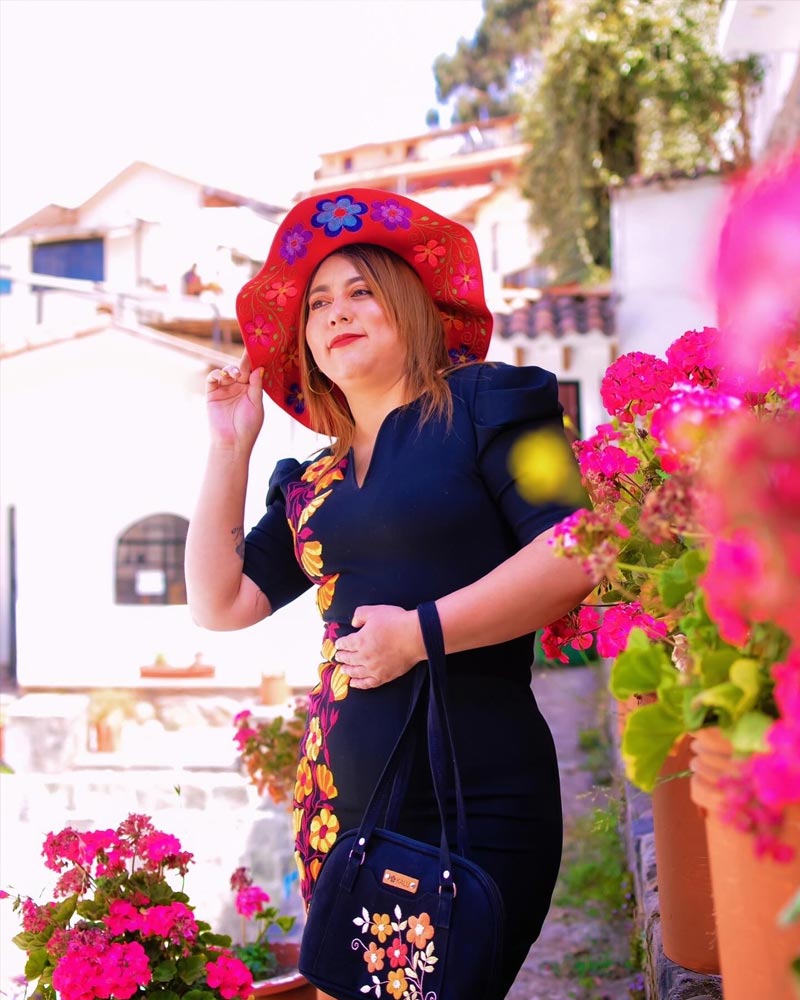
Costume Jewelry
Costume jewelry is the art of creating fashion accessories that mimic the appearance of fine jewelry but are made using non-precious materials. Unlike fine jewelry, which is crafted from precious metals and gemstones such as gold, silver, diamonds, or emeralds, costume jewelry is made from more accessible materials like non-precious metals, glass, plastic, resin, crystals, beads, and other decorative elements.
Costume Jewelry: Jewelry with Andean Identity
Costume jewelry in Cusco is an artistic expression that combines materials such as seeds, stones, and metals to create unique accessories. These pieces are popular among tourists and locals for their originality and style.
Where to Find Costume Jewelry in Cusco?
- In artisan markets like the Cusco Artisan Center.
- At artisan fairs.
What Are the Most Notable Pieces of Andean Costume Jewelry in Cusco?
- Andean loom earrings, ceramic earrings, copper wire earrings, and semi-precious stone earrings.
- Necklaces and bracelets made from seeds, such as huayruros (seeds from a tree that grows in the Amazon regions of South America).
- At the Santurantikuy fair.
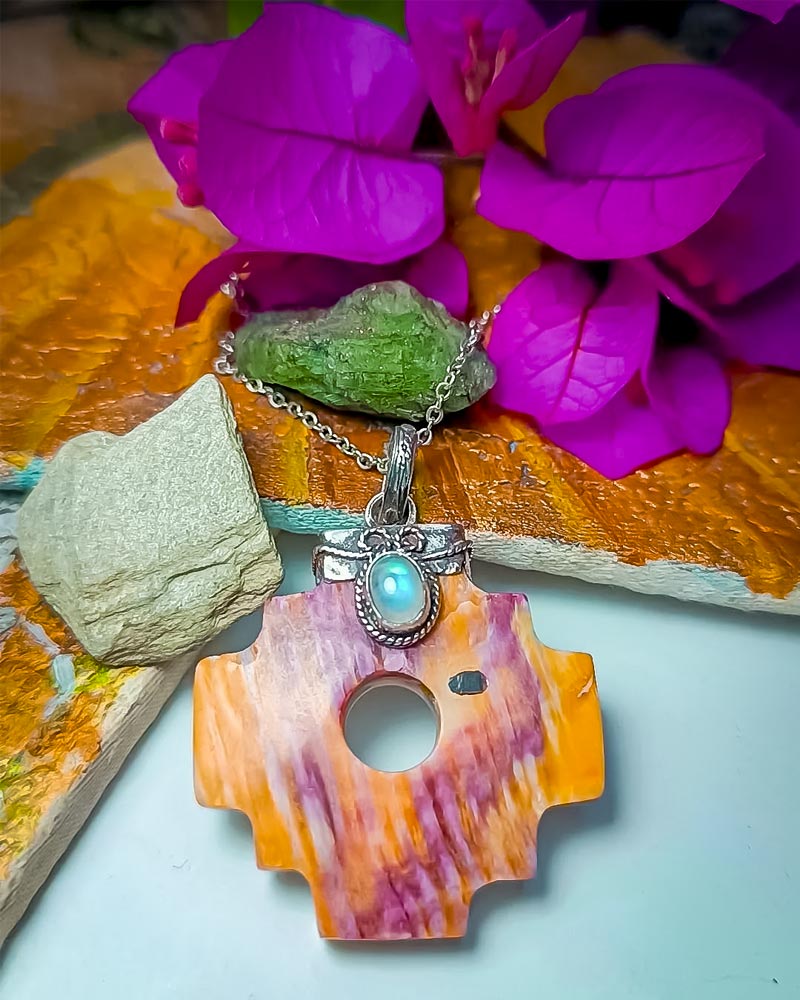
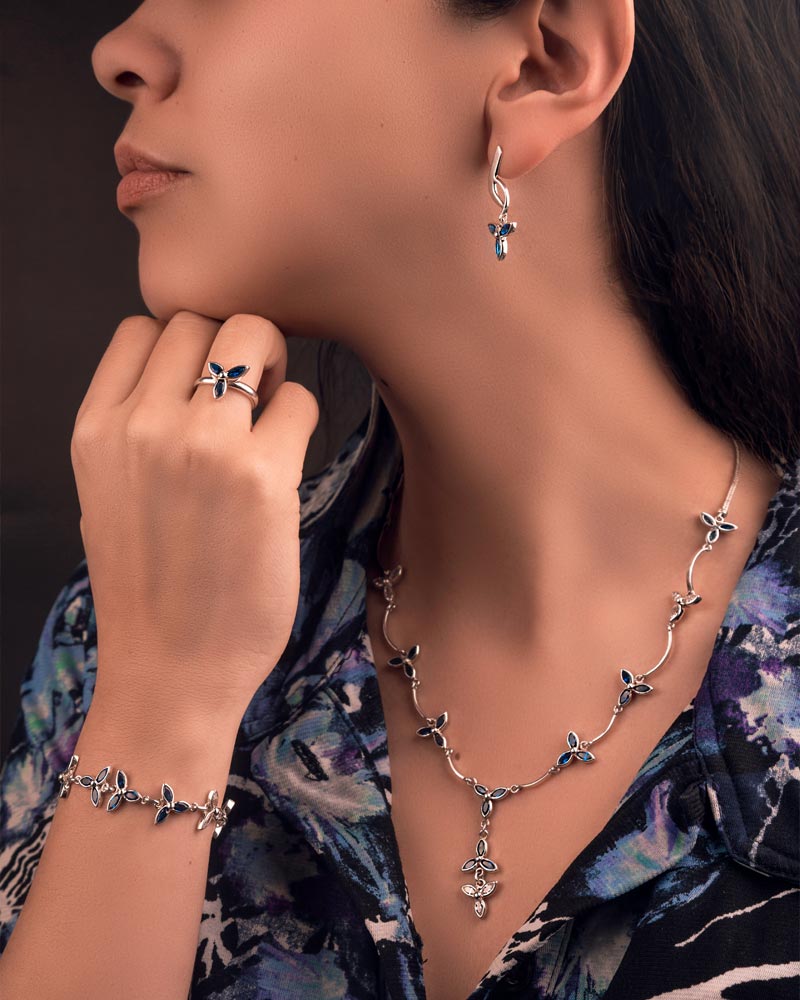
Dollmaking
Dollmaking is the art and technique of designing, crafting, and marketing dolls and similar figurines. This craft combines manual skills, creativity, and knowledge in design, sewing, modeling, and painting to create dolls that can serve as toys, decorative objects, collectible items, or even works of art.
Cusco Dollmaking: The Art of Creating Figures with Andean Identity
Dollmaking is one of the most enchanting crafts in Cusco. Artists create figures depicting scenes from daily life, traditions, and Andean festivals.
Where to Find Cusco Dollmaking?
- At small street stalls in the historic center of Cusco.
- At the Cusco Artisan Center.
- At artisan fairs.
What Are the Most Notable Pieces of Cusco Dollmaking?
- Las cholitas (figures representing Andean women in traditional dress).
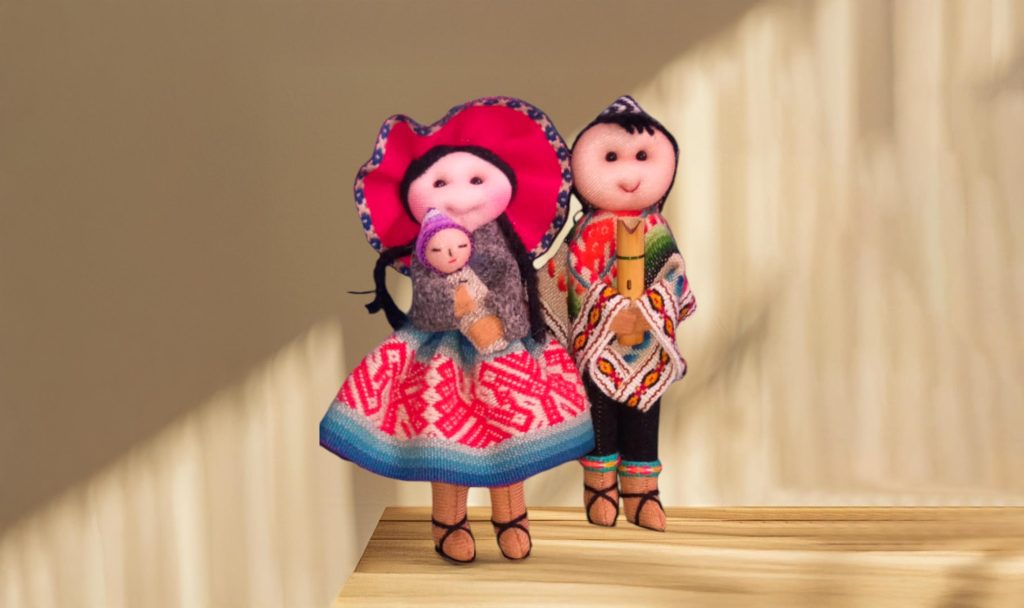
Musical Instruments
Musical instruments are tools created to produce sounds and melodies. Throughout various cultures, they are used to express emotions, tell stories, and accompany rituals or celebrations.
Musical Instruments with Andean Identity
In the Cusco region, musical instruments are a cultural manifestation that combines indigenous materials such as wood, leather, reeds, and metals to create unique sounds. Both local musicians and tourists cherish these instruments, as they directly connect to Andean tradition and history.
Where to Find Musical Instruments?
- In artisan markets like the Cusco Artisan Center.
- In galleries in the San Blas neighborhood.
- In the workshops of local luthiers (instrument makers).
What Are the Most Notable Musical Instruments?
- Quena: A traditional reed or wood flute used in melancholic and festive melodies.
- Charango: A small stringed instrument, similar to a guitar, crafted from wood and traditionally made with an armadillo shell.
- Zampoña: A wind instrument composed of reed tubes that produce harmonic sounds.
- Bombo: A large drum made from wood and leather, used to set festival rhythm.
- Antara: Similar to the zampoña but with a more compact and versatile design.
Sounding Ceramics: The Fusion of Art and Music in Andean Culture
Sounding ceramics is a unique artistic expression that combines the creation of ceramic pieces with the production of musical sounds, merging visual art and music into a single work. This technique is particularly prominent in Andean culture, where artisans have developed skills to craft musical instruments and decorative objects that are visually stunning and emit harmonic and melodic sounds.
Where to Find Sounding Ceramics?
- At the Centro Artesanal del Cusco.
- At the Sonidos del Ande artisan workshop located in the Pisac district.
Most Notable Sounding Ceramics Pieces
- Vessels, jugs, and whistling ceramics.
- Ceramic animal figures.
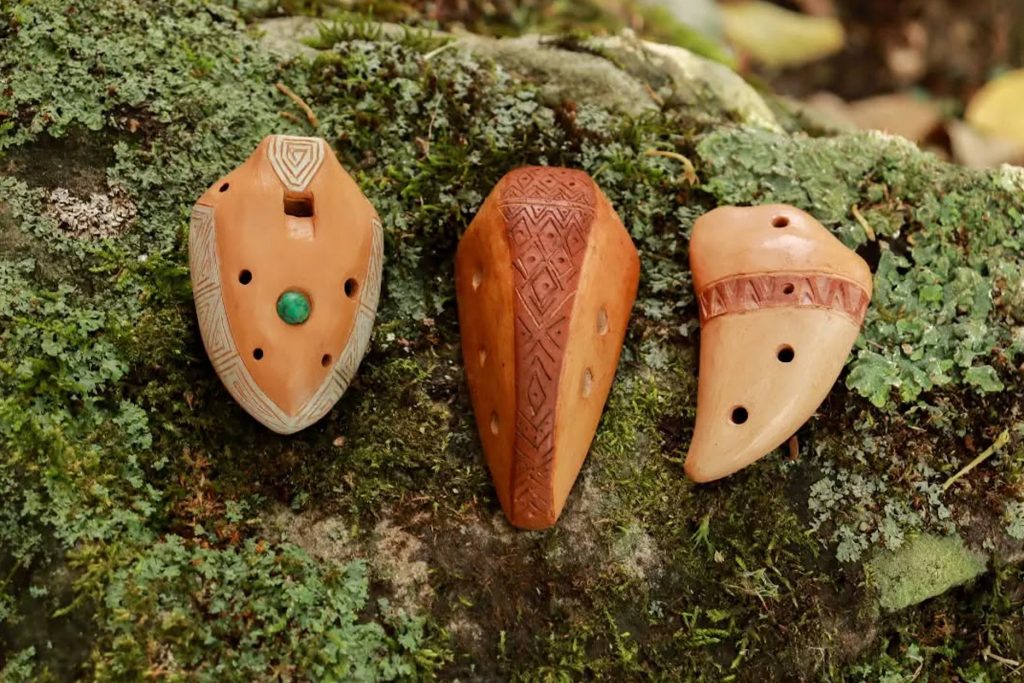
Santurantikuy: The Christmas Fair of Religious Crafts
Santurantikuy is one of the most essential artisan and cultural fairs in Peru. Its name comes from Quechua and means “sale of saints,” as its origins date back to the colonial era when Cusco artisans sold religious figures for Christmas nativity scenes. Today, this fair symbolizes Cusco’s identity and is a tourist attraction.
Why is Santurantikuy a Must-See During Your Visit to Cusco?
Santurantikuy is not just a fair; it’s a window into the essence of Cusco. Here, Christmas is celebrated with an Andean touch you won’t find anywhere else. This event is for you if you want to connect with the culture, support local artisans, and take home unique souvenirs.
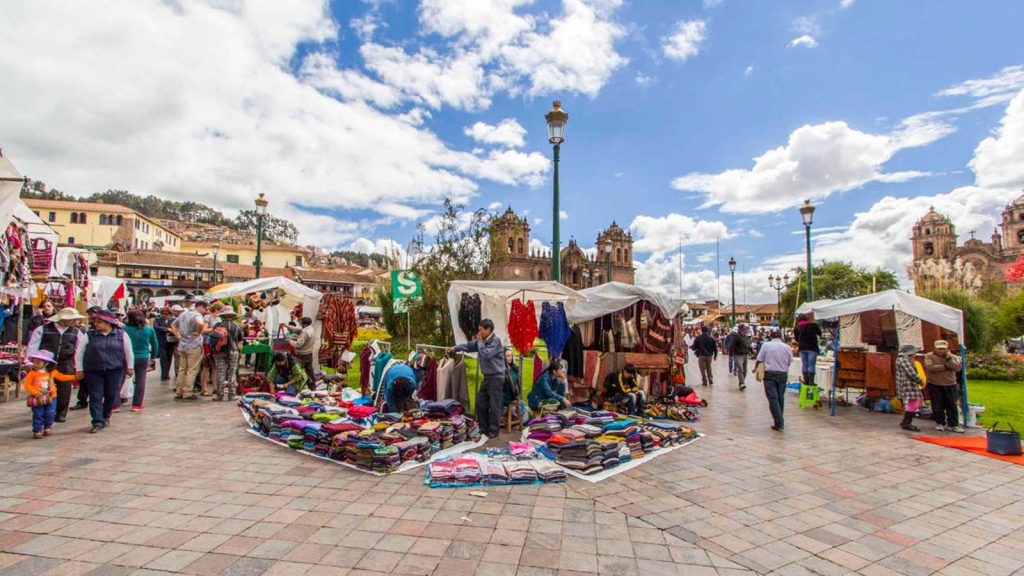
The San Blas Neighborhood: The Artisanal Heart of Cusco You Can’t Miss
The San Blas neighborhood in Cusco, Peru, is the artisanal and cultural heart of the city, renowned for its cobblestone streets, craft workshops, colonial architecture, and bohemian atmosphere. Known for its textiles, pottery, and wood carvings, this picturesque neighborhood is home to the iconic San Blas Church, famous for its stunning carved pulpit. Additionally, it offers panoramic views of the city, cozy cafés, and a vibrant art scene. It’s an authentic and tranquil place, perfect for exploring Cusco’s tradition, art, and history. A must-visit destination!
Why Visit San Blas?
- Crafts and Workshops: San Blas is renowned for its numerous artisan workshops, where unique pottery, textiles, jewelry, and wood carvings are crafted. Many of these workshops are open to the public, allowing visitors to observe the creative process and purchase authentic pieces. Some of the most recommended galleries to visit include:
- Museo Taller Hilario Mendivil showcases the works of renowned artisans Hilario and Georgina Mendivil.
- Galería Taller Arte Olave, featuring the works of the acclaimed artisan Antonio Olave.
- Colonial Architecture: The neighborhood boasts well-preserved colonial architecture, with wooden balconies, inner courtyards, and red-tiled roofs. The San Blas Church, one of the oldest in Cusco, is a highlight, famous for its intricately carved wooden pulpit.
- Bohemian Atmosphere: San Blas has a relaxed and bohemian vibe, charming cafés, restaurants, and art galleries that attract locals and tourists. It’s an ideal place to stroll, enjoy coffee, or simply admire the city views from its lookout points.
- Panoramic Views: The San Blas neighborhood offers breathtaking views of Cusco and its surroundings. It’s a perfect spot for photography and soaking in the city’s beauty.
- Living Culture: The neighborhood is a hub of cultural activity, hosting events, artisans fairs, and art exhibitions. Street musicians and artists contribute to the vibrant atmosphere of the area.
Cusco Artisan Center: The Perfect Place to Buy Handicrafts
The Cusco Artisan Center showcases and sells traditional and contemporary crafts from the region. With around 349 shops, it is one of the most iconic destinations for art and culture enthusiasts. The center brings together various products made by Cusco artisans, keeping alive the ancestral techniques of the Peruvian Andes.
- Address: Av.Sol y Tullumayo 1226 lower part in front of the Paqcha (water fountain).
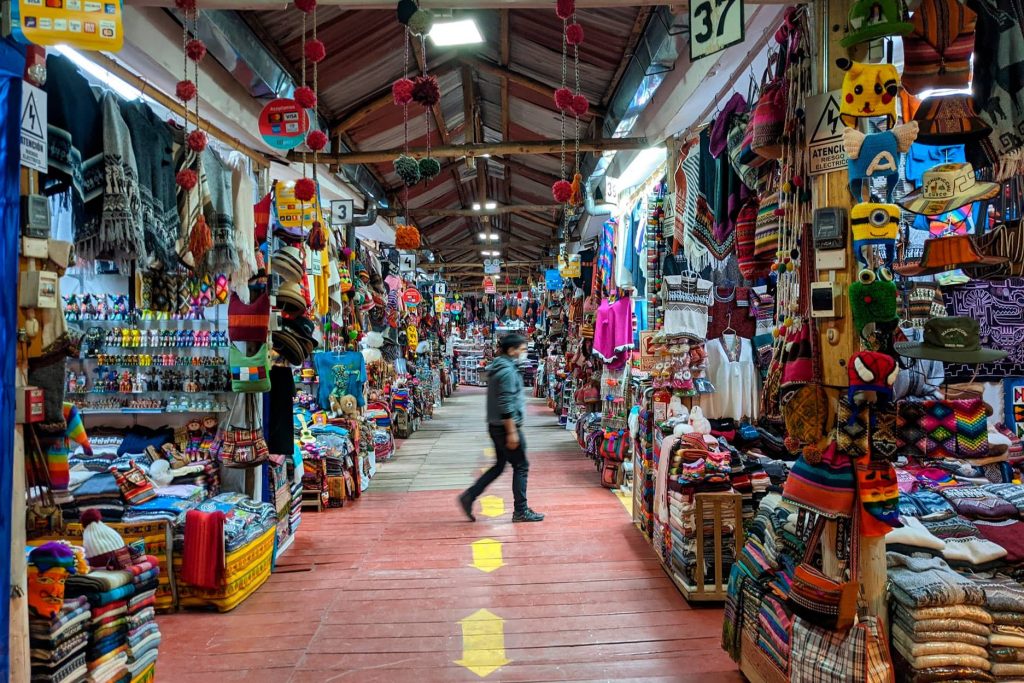
Why Visit the Cusco Artisan Center?
- Convenience: Everything is in one place, ideal for those with limited time who still want to take home a piece of Cusco culture.
- Authenticity: The pieces are made by local artisans, ensuring their originality and cultural value.
- Affordable Prices: There are options for every budget, from small souvenirs to exclusive works of art.
- Restaurants, Cafés, and Currency Exchange: The artisan center has a food court and shops where you can buy drinks, snacks, regional chocolate, and Maras salt.
- Supporting the Community: Purchasing here directly contributes to the livelihood of artisan families.
Bonus Tip: Inside this artisan center, you’ll find a small Museo Artesanal del Cusco (Cusco Artisan Museum). It’s a fascinating space to delve deeper into the richness of Andean culture. Don’t miss the chance to visit it and discover more about this millennia-old tradition!
The Best Museums in Cusco to Discover Andean Craftsmanship
- Museo de Arte Popular (Museum of Popular Art)
Dedicated to Peruvian popular art, this museum showcases works by local artists representing Andean communities’ traditions, customs, and daily life.- Address: Av. El Sol N.º 103, Basement of the Galerías Turísticas of the Municipalidad Provincial de Cusco.
- Opening Hours: Monday to Saturday, 9:00 AM to 6:00 PM. Sunday, 8:00 AM to 1:00 PM.
- Museo de Arte Precolombino (Museum of Pre-Columbian Art)
This museum focuses on the art of the pre-Columbian cultures that inhabited Peru before the arrival of the Spanish. It displays ceramics, textiles, jewelry, and other archaeological objects of great historical value.- Address: Plazoleta Nazarenas 231.
- Opening Hours: 9:00 AM to 10:00 PM.
- Museo de Arte Contemporáneo (Museum of Contemporary Art)
This space is dedicated to modern and contemporary art, featuring exhibitions by Peruvian and international artists that explore current and avant-garde themes.- Address: C. Espinar 270, Plaza Regocijo (Located in the Cusco Municipality).
- Opening Hours: Monday to Saturday, 9:00 AM to 6:00 PM.
- Museo Textil Sulca (Sulca Textile Museum)
The Sulca Museum focuses on the history and evolution of textile art in Peru, from pre-Columbian cultures to the present. It combines the exhibition of ancient textiles with live demonstrations of traditional weaving and dyeing techniques, offering a comprehensive educational and cultural experience.- Address: Huayllarcocha Community, KM10, Cusco.
- Opening Hours: Monday to Sunday, 7:30 AM to 6:00 PM.
- Centro de Interpretación Sonidos del Ande (Sounds of the Andes Interpretation Center)
This center is dedicated to the traditional music and sounds of the Andes. It offers an interactive experience where visitors can learn about Andean musical instruments and their cultural significance.- Address: Comunidad de Cuyo Chico, Pisac District, Calca Province, Cusco.
- Opening Hours: Monday to Sunday, 8:00 AM to 5:00 PM.
- Tater Vera Cerámica (Tater Vera Ceramics)
This space is both a gallery and a workshop. The pieces created here combine ancient methods, such as pre-Columbian crystallized clay techniques, with styles from the colonial era’s glazed pottery. The result is modern works with contemporary designs and meticulous finishes.- Address: Jr. Tungasuca 145, San Sebastián, Cusco.
- Contact: (+51) 927-664-807
Explore Cusco and the Museums, You Can’t Miss During Your Visit. Immerse yourself in Cusco’s history, art, and culture through spaces like the Museum of Pre-Columbian Art, the Museum of Popular Art, and the Sulca Textile Museum. Discover everything from ancestral pieces to contemporary expressions that reflect the essence of the Andes.
Actividades de Artesanía en Cusco: Crea tu Propia Obra de Arte.
Craft activities in Cusco are cultural and creative experiences that allow visitors to immerse themselves in local traditions and create their works of art.
1. Painting Toritos
Painting Doritos is a craft activity that involves decorating small ceramic bull figurines. In Andean culture, bulls are symbols of protection and prosperity. They are often placed on rooftops as protective amulets.
What Does It Involve?
Participants will receive an unpainted ceramic bull and materials such as paints and brushes to decorate according to their creativity or by following traditional patterns.
Where Can I Do It?
This activity can be enjoyed at Andeana Cusco or Hanaq Wasi, two places in Cusco that offer craft workshops.
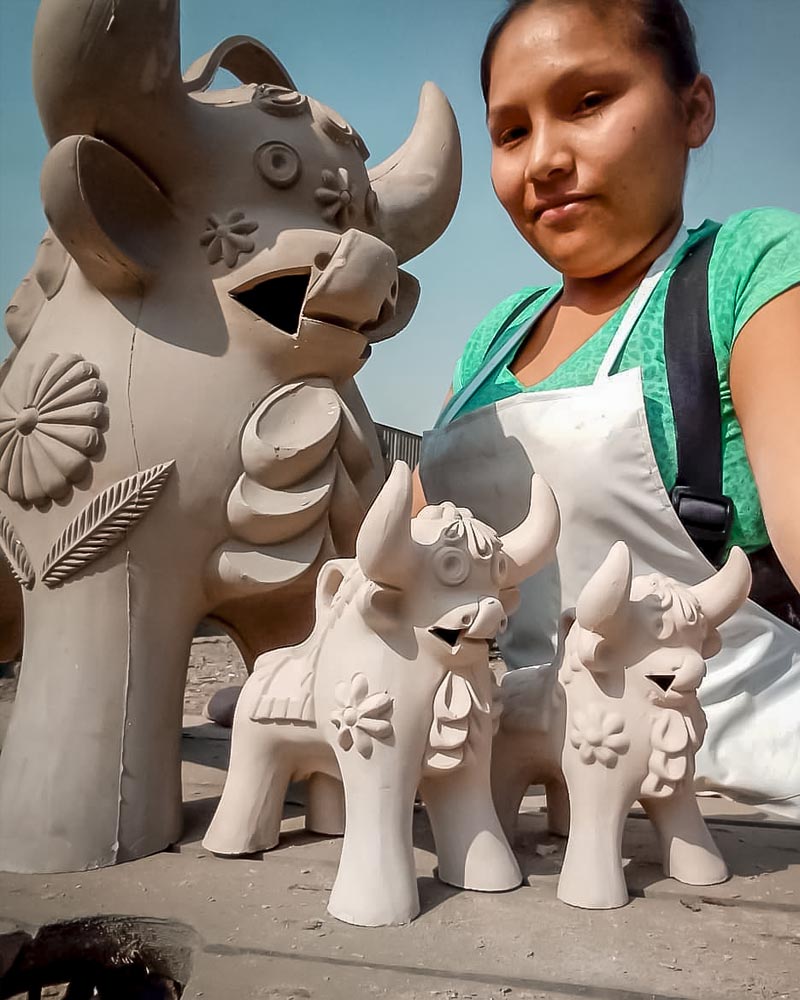
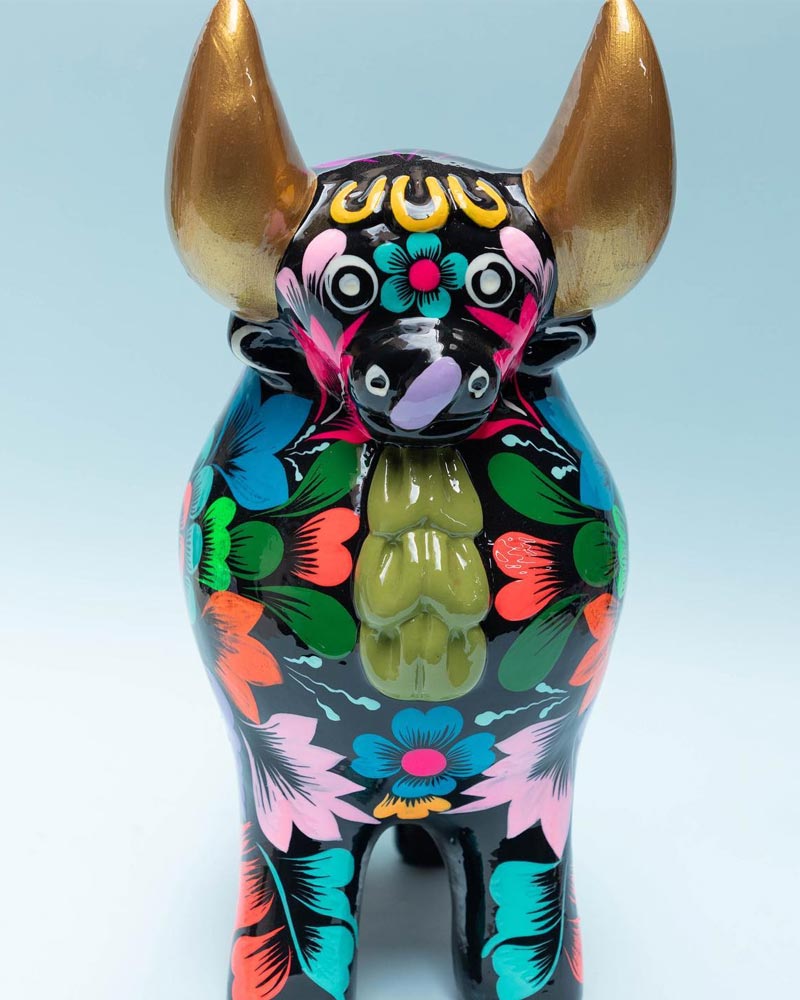
2. Painting Llamitas
Painting llamas is similar to painting Doritos, but in this case, participants decorate ceramic llama figurines, emblematic animals of the Andes.
What Does It Involve?
Participants paint and personalize a ceramic llama figurine, using colors and designs that reflect Andean culture or their creativity.
Where Can I Do It?
You can enjoy this activity at Palacio del Inka, a Luxury Collection Hotel.
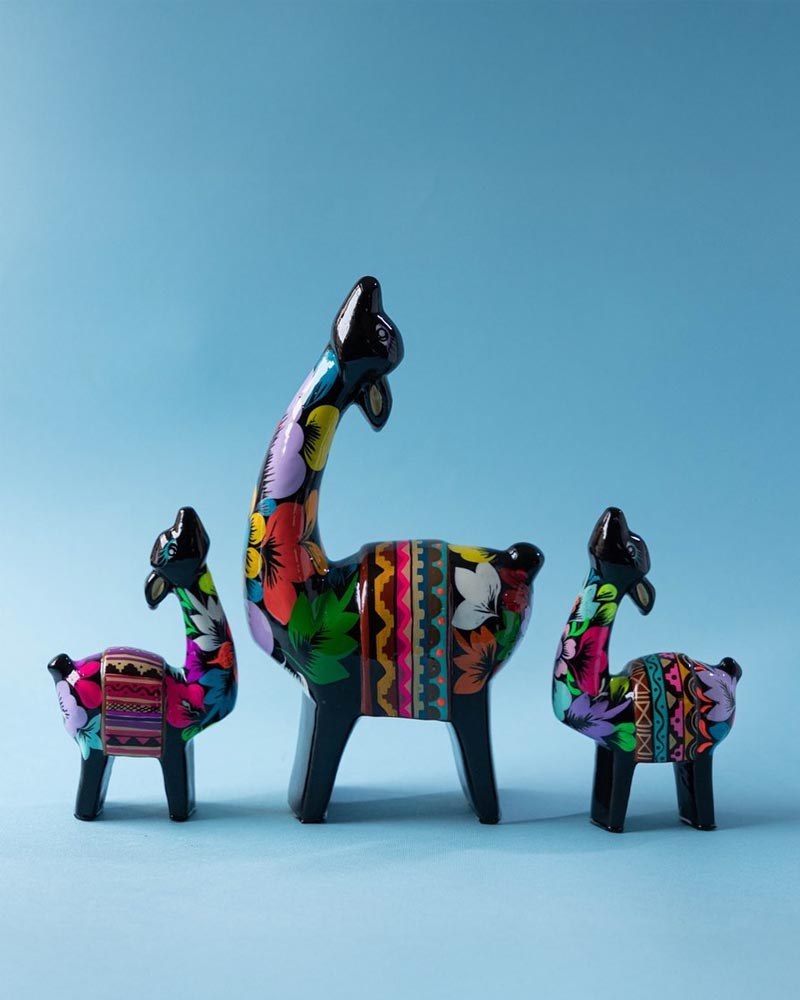
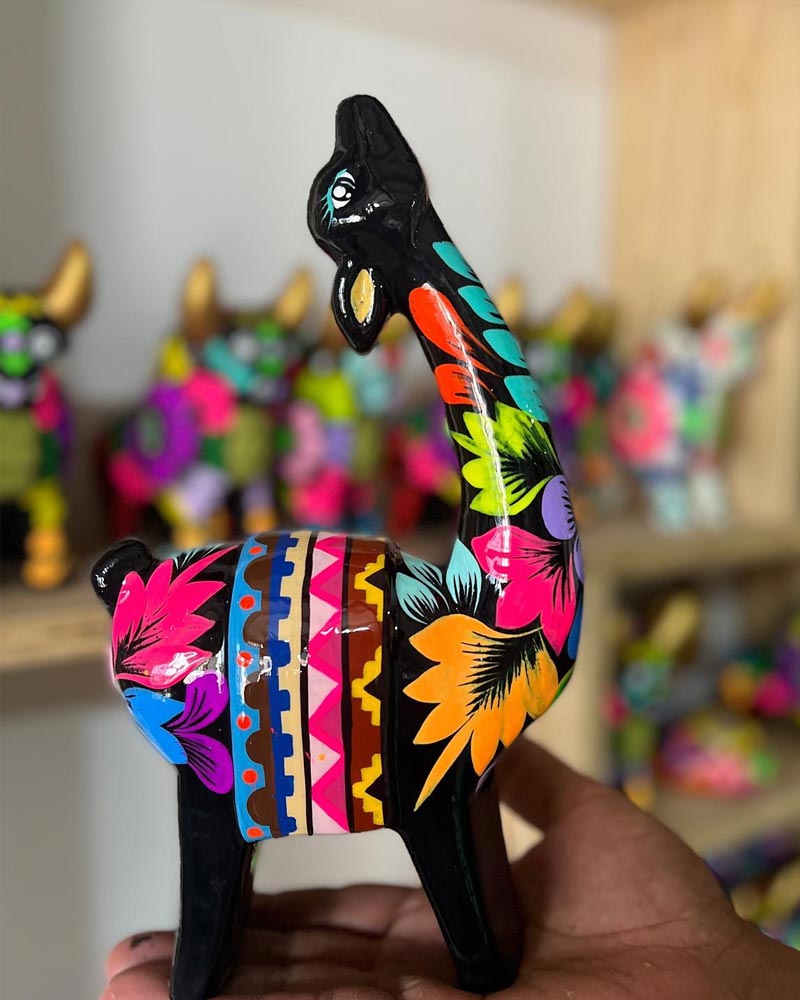
3. Pottery Classes
Pottery classes are workshops where participants learn to work with clay to create ceramic pieces such as vessels, plates, or decorative figures.
What Does It Involve?
Participants learn basic techniques for molding, sculpting, and painting ceramics, guided by an expert artisan.
Where Can I Do It?
You can take these classes with Tater Vera (glazed ceramics in Cusco) or Kintu Ramos (clay in Urubamba); both offer beginners and advanced learners workshops.
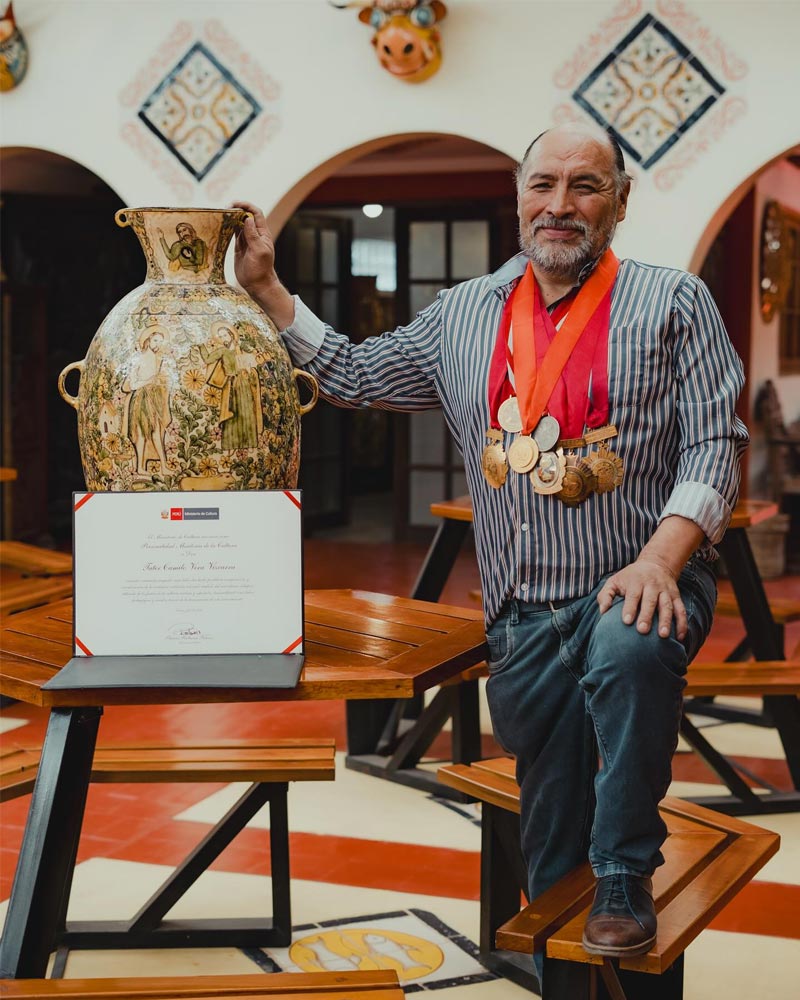
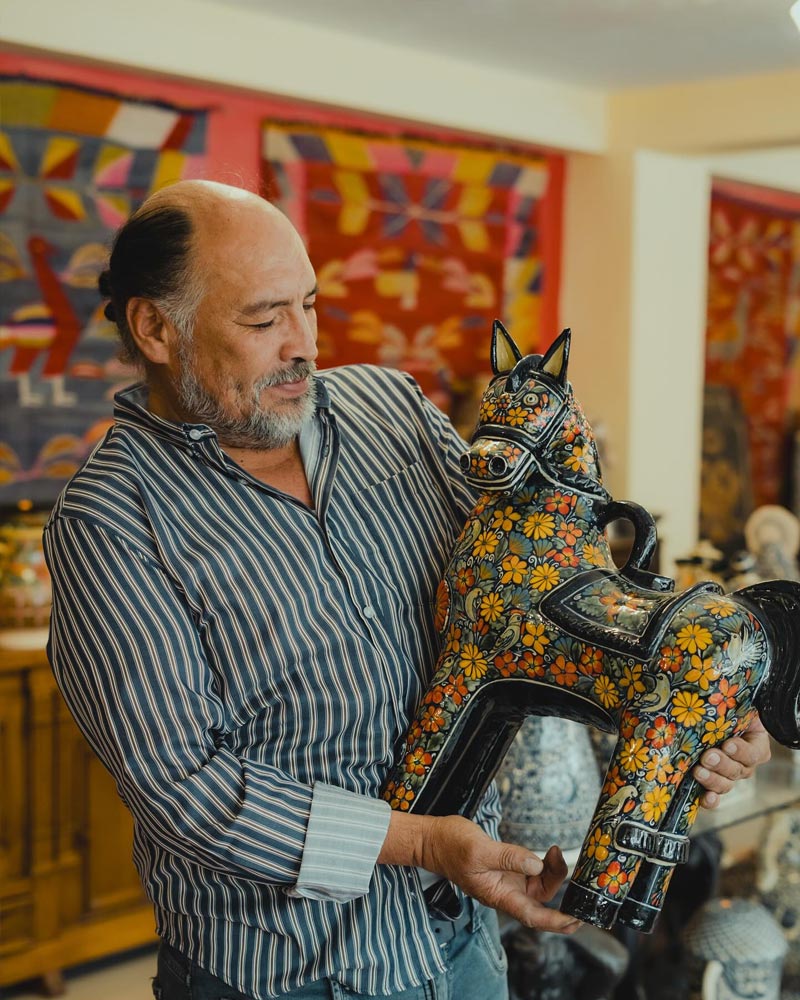
4. Paucartambo Mask-Making Classes
Paucartambo masks are a traditional artistic expression in festivals such as the Fiesta de la Virgen del Carmen. These masks are often colorful and represent mythical or religious characters.
What Does It Involve?
In these classes, participants learn to create and decorate masks using traditional techniques and materials such as plaster, paint, and embellishments.
Where Can I Do It?
You can enjoy this activity at Hanaq Wasi or with Arte Ordóñez, two Cusco places specializing in mask-making and traditional crafts.
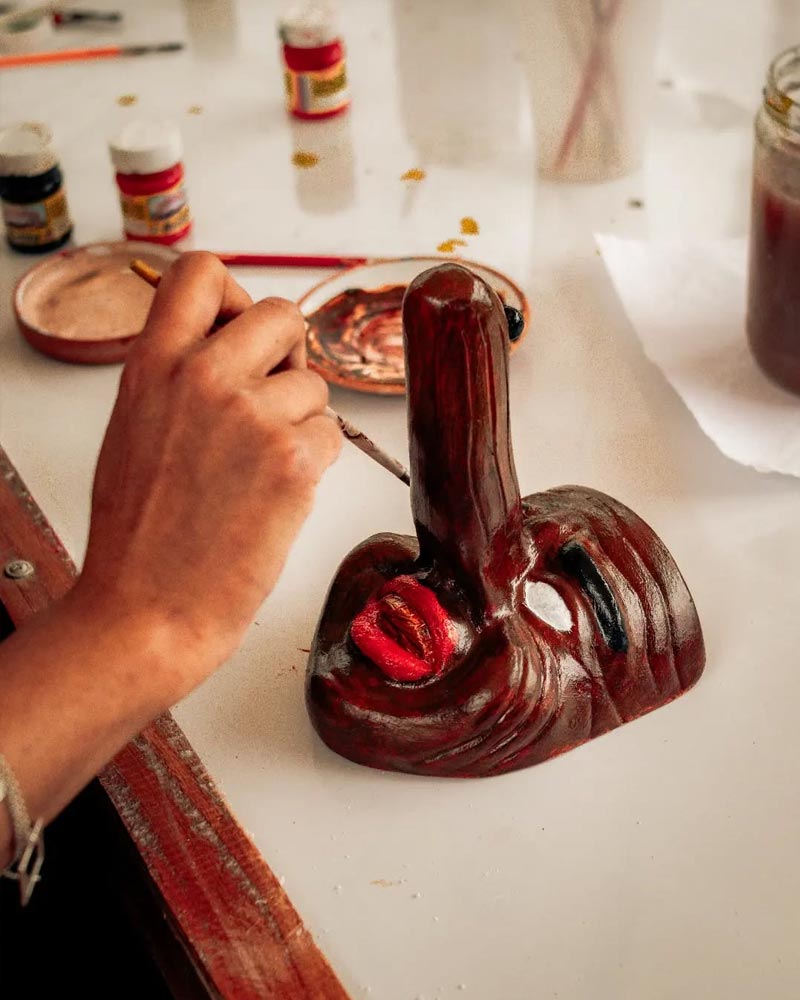
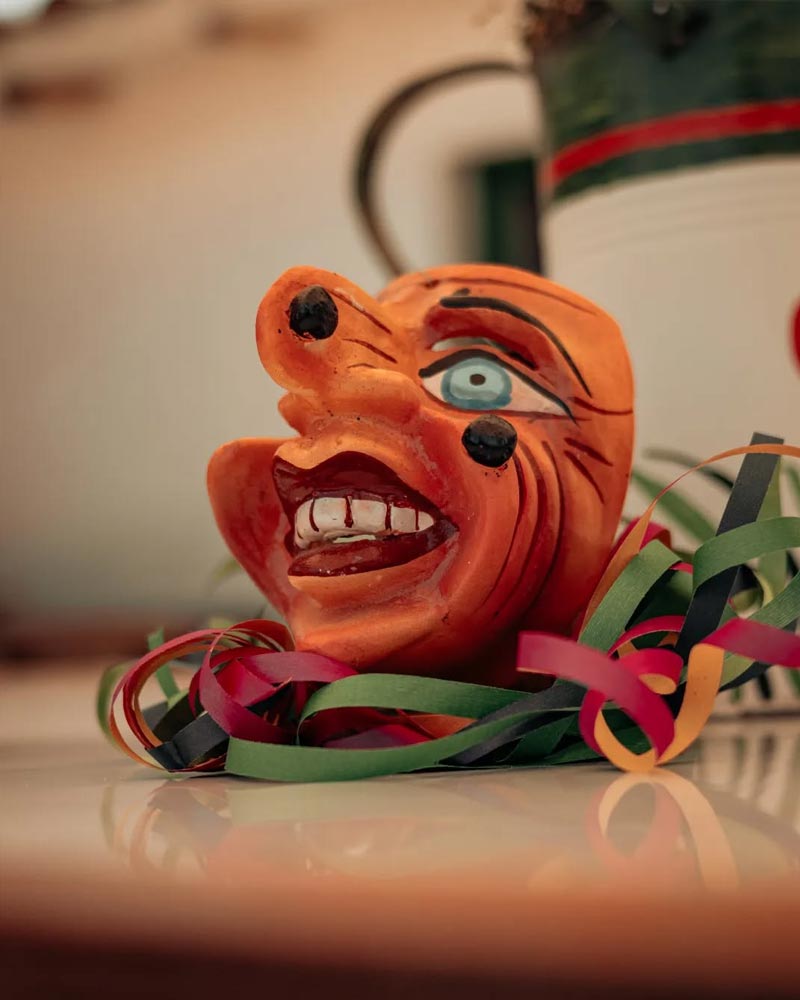
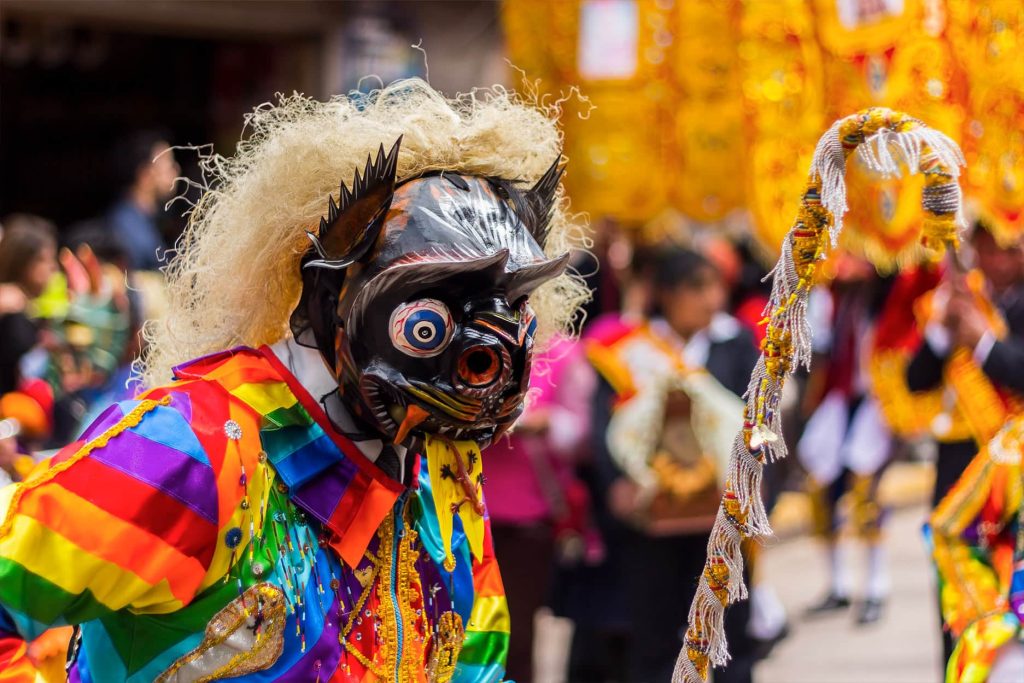
Conclusion:
Exploring the city of Cusco with our tours means immersing yourself in a journey where history, tradition, and creativity come together in every experience. From the vibrant weavings of Chinchero and the ancestral pottery of Raqchi to the workshops of religious imagery in San Blas, each visit to the artisan centers connects you with the living legacy of the Andes. Our tours allow you to discover the majesty of the Inca Empire and its landscapes, and support local communities in preserving centuries-old techniques. In Cusco, every handmade piece tells a story, and by choosing us, you take home more than a souvenir—you take home an authentic connection to Andean culture. Experience Cusco with us and become part of its eternal tradition!

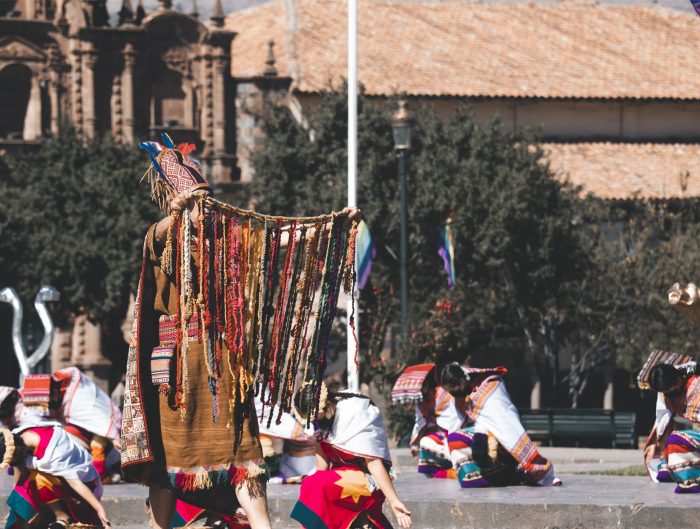
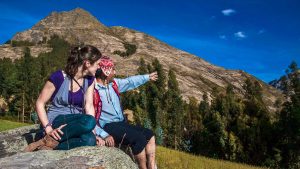

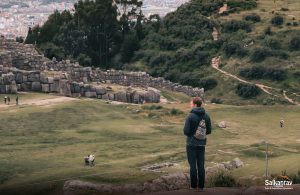
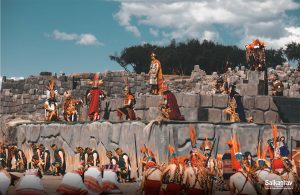
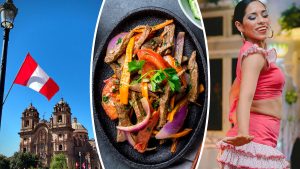
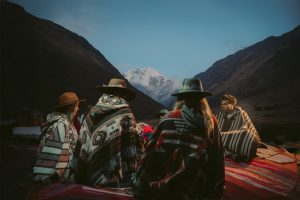


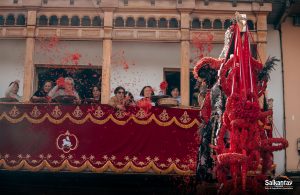
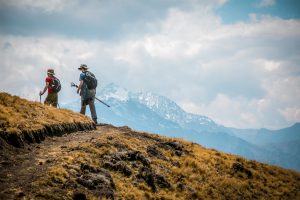
Leave A Reply